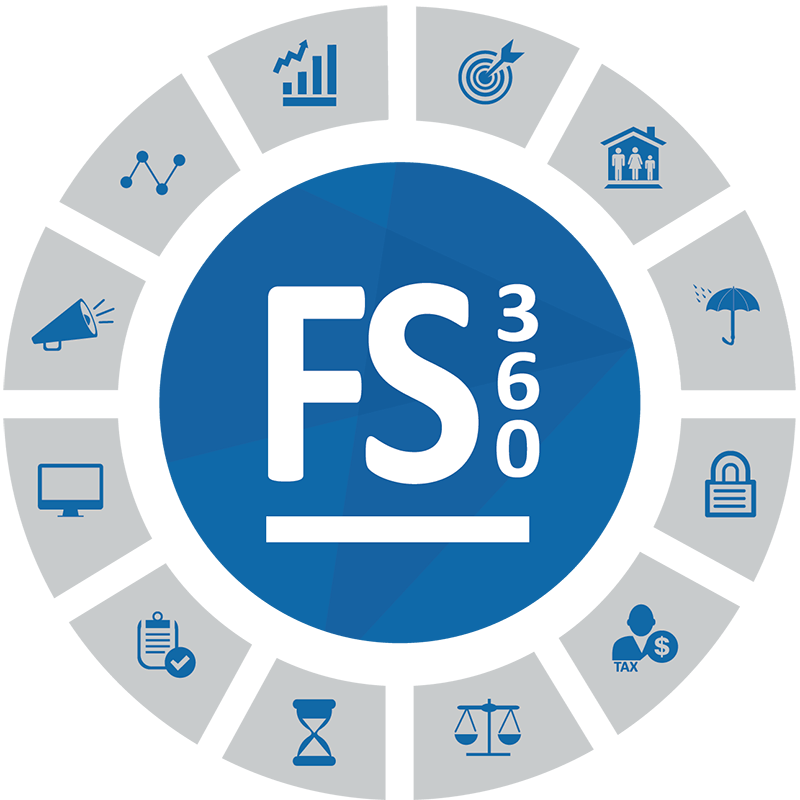Budget 2020 – Boosting the Economy
The Federal Budget is wide ranging to cushion the impact of Covid-19 and kickstart the economic recovery. The treasurer said it is focused on “boosting consumer and business confidence, growing the economy and creating jobs.”
The Federal Government will run a budget deficit of $213.7 billion with total debt peaking at $966 billion by 2024 as it spends on a range of programs and incentives designed to rescue the Australian economy from its worst downturn since the Great Depression.
Instead of bringing the budget back “into the black”, the 2020/21 budget will take net government debt to $703 billion or 36 percent of GDP this year, and to 44 percent by 2024. This is half of that of the UK, a third of the debt of the US and a quarter that of Japan.
There is no indication on how the Government plans to fund this expenditure and ultimately repair the budget. This will happen when unemployment falls below 6%. The government forecasts a 3.75 percent contraction in the economy this calendar year, but a return to 4.25 per cent growth next year, with unemployment to fall to 6.5 percent by the June Quarter of 2022.
In additional to the incentives below, the government is spending big on infrastructure - $14 billion in new and accelerated infrastructure projects across Australia over the next four years.
Individuals
Reduction in tax rates
The government’s strategy is to put money in your pocket in the hope you will boost spending and lift the economy out of recession. The already legislated tax cuts will be brought forward from1 July 2022 to 1 July 2020.
The Government has also announced that the legislated increase to the Low Income Tax Offset (LITO) from $445 to $700 per year will be brought forward to 1 July 2020 instead of 1 July 2022.
While the Low and Middle Income Tax Offset (LMITO) was due to be removed with commencement of Stage Two of the Personal Income Tax Plan from 1 July 2022, the Government announced that it will continue as a one-off additional benefit during the 2020-21 tax year.
| Rate (%) | Income Range ($) - Current from 1 July 2018 | Income Range ($) - Proposed from 1 July 2020 | Income Range ($) - Proposed from 1 July 2024 |
|---|---|---|---|
| Tax Free | 0 - 18,200 | 0 - 18,200 | 0 - 18,200 |
| 19 | 18,201 - 37,000 | 18,201 - 45,000 | 18,201 - 45,000 |
| 30 | 45,001 - 200,000 | ||
| 32.5 | 37,001 - 90,000 | 45,001 - 120,000 | |
| 37 | 90,001 - 180,000 | 120,001 - 180,000 | |
| 45 | > 180,000 | > 180,000 | > 200,000 |
Capital Gains Tax removed for granny flats
The government announced it will provide a Capital Gains Tax (CGT) exemption for granny flat arrangements where there is a formal written agreement for a family member to reside on the relevant property (either in the same home or a separate building). The exemption will apply to arrangements with older Australians or those with a disability. This could commence as early as 1 July 2021.
Superannuation reform
The Government has announced that it will implement the following reforms from 1 July 2021 to improve outcomes for superannuation account holders:
- new online YourSuper tool to compare and select superannuation products
- existing superannuation accounts will be ‘stapled’ to a member so they keep their superannuation account when changing jobs
- MySuper products will be subject to an annual performance test. Funds that underperform for two consecutive years will not be permitted to accept new members until their performance improves; and
Business
Business Support Grants exempt from income tax
The government announced that it will ensure that Victorian Government business support grants for small and medium businesses will be non-assessable-non-exempt income for income tax purposes. This will extent to all States and Territories on an application basis. Eligibility will be limited to grants announced on or after 13 September 2020 and for payments made between 13 September 2020 and 30 June 2021.
Jobmaker Hiring Credit
The JobMaker Hiring Credit will be payable for up to 12 months for each new job and is available from 7 October 2020 to employers who hire eligible employees aged 16-35. To be eligible, employers must firstly demonstrate that the new employee will increase the overall employee headcount and payroll, using total headcount on 30 September 2020, and total payroll in the three months to 30 September 2020 as the base line. Special rules apply to newly established businesses and businesses with no employees at the reference date.
The Hiring Credit will be paid quarterly in arrears at the rate of $200 per week for those aged between 16-29, and $100 per week for those aged between 30-35. Eligible employees are required to work a minimum of 20 hours per week. The credit will be available to most eligible employers regardless of size (with some exceptions, most notably any employer who is claiming the JobKeeper Payment), and there is no fall in turnover requirement to be satisfied.
Treasury estimates that this will support around 450,000 jobs for young people
More support for apprentices or trainees
From 5 October 2020 to 30 September 2021, businesses who take on a new apprentice or trainee will be eligible for a 50 per cent wage subsidy of up to $7,000 per quarter, regardless of geographic location, occupation, industry or business size. This assistance will aim to support 100,000 new apprentices across Australia, and is in addition to the Supporting Apprentices and Trainees wage subsidy (announced as part of the COVID-19 stimulus package) which is helping small and medium businesses to keep their apprentices and trainees in work and training.
Extended instant asset write off
The instant asset write-off is temporarily extended and being made even more generous. From 7:30pm (AEDT) on 6 October 2020 until 30 June 2022, businesses with turnover up to $5 billion will be able to deduct the full cost of eligible depreciable assets of any value in the year they are installed. The cost of improvements to existing eligible depreciable assets made during this period can also be fully deducted.
| Aggregated annual turnover less than $5 billion | Aggregated annual turnover less than $50 million | |
|---|---|---|
| Tax Deduction | Full cost of eligible capital assets in the year of first use for new depreciable assets and the cost of improvements to existing eligible assets. | Full cost of eligible capital assets in the year of first use for new or second-hand depreciable assets and the cost of improvements to existing eligible assets. |
| Acquired From | 7:30pm AEDT on 6th October 2020 | 7:30pm AEDT on 6th October 2020 |
| First used or installed by | 30th June 2022 | 30th June 2022 |
Small business loss carry back
Companies with turnover up to $5 billion will be allowed to offset losses against previous profits on which tax has been paid, to generate a refund. Eligible companies can carry back tax losses from the 2019-20, 2020-21 or 2021-22 income years to offset previously taxed profits in 2018-19 or later income years. Companies may elect to receive a tax refund when they lodge their 2020-21 and 2021-22 tax returns.
A company will be able to obtain a refundable tax offset (i.e. cash-back) in a loss year against previously taxed profits, subject to satisfying certain conditions. The offset is uncapped, however the amount carried back cannot be more than the earlier taxed profits and the carry back cannot generate a franking account deficit.
These losses may be created by other measures announced in the Budget including, for example, the new and improved instant asset write-off. There is, however, a one year delay in accessing the cash refunds, with eligible companies only able to receive a tax refund when they lodge their 2020-21 and 2021-22 tax returns.
Expanded small business tax concessions
Amendments will allow businesses with less than $50M aggregated annual turnover (up from $10M) to access up to 10 small business concessions.
For the first time, businesses with an aggregated annual turnover between $10 million and $50 million will have access to up to ten small business tax concessions. The changes are estimated to support an additional 20,000 businesses and their employees.
The expanded concessions, as part of the 2020-21 Budget will apply in three phases:
- From 1 July 2020, eligible businesses will be able to immediately deduct certain start-up expenses and certain prepaid expenditure.
- From 1 April 2021, eligible businesses will be exempt from the 47 per cent fringe benefits tax on car parking and multiple work-related portable electronic devices, such as phones or laptops, provided to employees.
- From 1 July 2021, eligible businesses will be able to access the simplified trading stock rules, remit pay as you go (PAYG) instalments based on GDP adjusted notional tax, and settle excise duty and excise-equivalent customs duty monthly on eligible goods. Eligible businesses will also have a two-year amendment period apply to income tax assessments for income years starting from 1 July 2021.
This budget is a confidence booster and is designed to get the country moving again. It does lack in some longer term strategy or vision and there is little to support the reinvention or reimagination of business. The budget though, will be the kick start the economy is looking for. If you have any questions about the budget, please give Mulcahy & Co a call to discuss your situation.
Latest News







